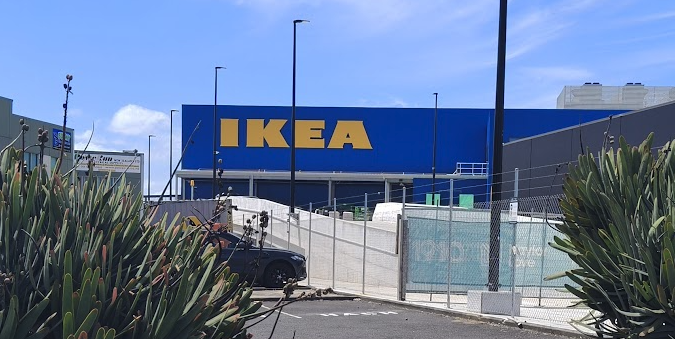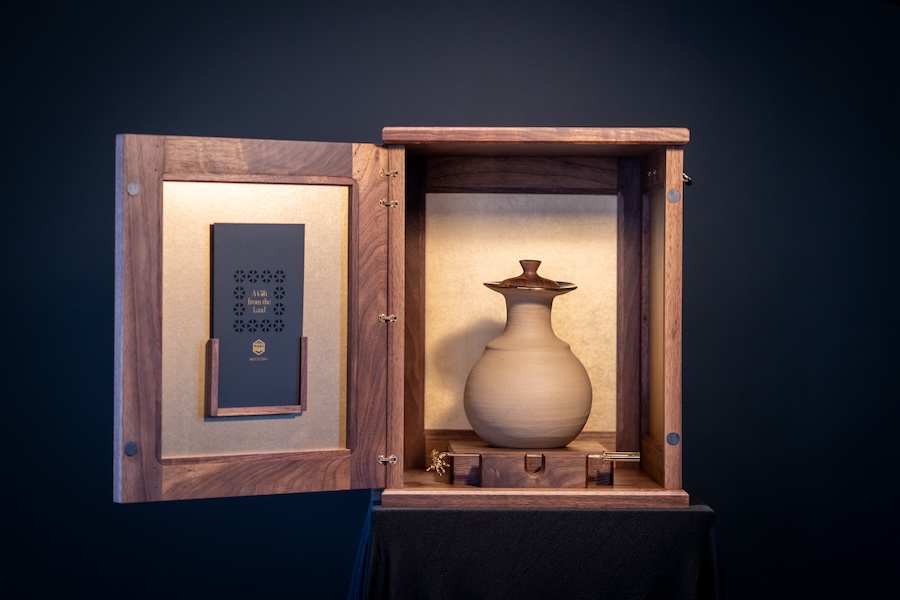
New Zealand mānuka apiary Naki has unveiled the world’s most expensive honey – a €250,000 (NZ$500,000) collectible that fuses art, heritage and science.
The limited-edition creation, known as the Eternal Gold collection, combines rare mānuka honey with a bespoke heirloom vessel. The concept was inspired by archaeologists’ discovery of 3,000-year-old honey sealed in Egyptian tombs – honey that remained edible millennia later.
The Eternal Gold collection is being revealed at the New Zealand Liberation Museum – Te Arawhata in Le Quesnoy, northern France.
The same jar from today to millennia
Derek Burchell-Burger, Naki Honey’s general manager of sales and marketing, says the project was born from a fascination with honey’s extraordinary natural properties and its timeless place in human history.
“Honey is the only natural, ready-to-eat food that doesn’t perish. It’s self-preserving because of its low moisture content, acidity and high concentration of natural sugars, which prevent bacteria or mould from surviving. When stored properly, it can remain perfectly edible for thousands of years.
“That’s what fascinated me about the Egyptian discovery, the idea that something created by nature could outlast entire civilisations.
“That story really struck a chord with me. We wanted to create something that endures, a legacy piece that could be passed down through generations. You could take a spoonful today, and your descendants could take one from the same jar decades and potentially millennia later,” says Burchell-Burger.
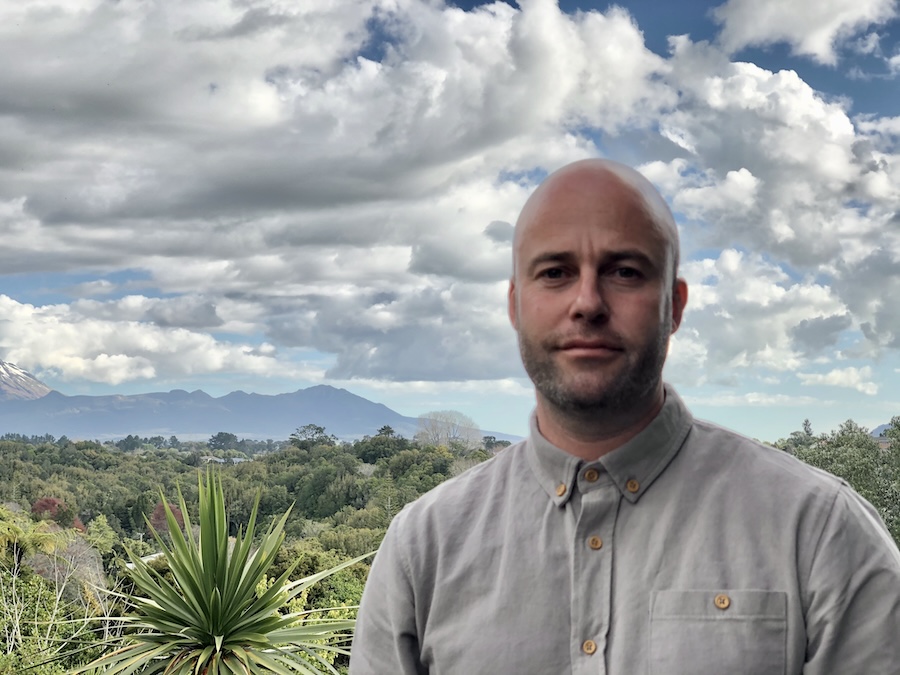
Encapsulate the best honey in art
Each vessel in the collection contains Naki’s ultra-rare UMF 25+ Mānuka Honey, harvested from deep within the rugged native bush of Taranaki – a region renowned for its rich volcanic soil and the wild mānuka that flourishes there.
Burchell-Burger says Taranaki’s pristine environment and unique native flora produce a particularly potent variety of mānuka, rich in methylglyoxal – a key compound used to measure the honey’s antibacterial strength.
“Our UMF 25+ harvest only happens once every two years, it’s extraordinarily rare. The conditions have to be perfect – temperature, rainfall, flowering cycles, everything. When we do capture it, we encapsulate it in art so it’s preserved as the best honey on the planet.”
South African artist Gabrielle Weinstein hand-crafted each of the 73 ceramic vessels, and Cape Town jeweller York van Rheede van Oudtshoorn paired them with bespoke gold-plated honey dippers.
The top-tier collector’s edition, holding two litres of honey, will debut at €250,000 (NZ$500,000) – officially making it the most expensive honey ever sold. Six mid-tier pieces are expected to retail for around €5,000 (NZ$10,000) each, while a further 66 smaller vessels will be released at approximately €500 (NZ$1,000) apiece.

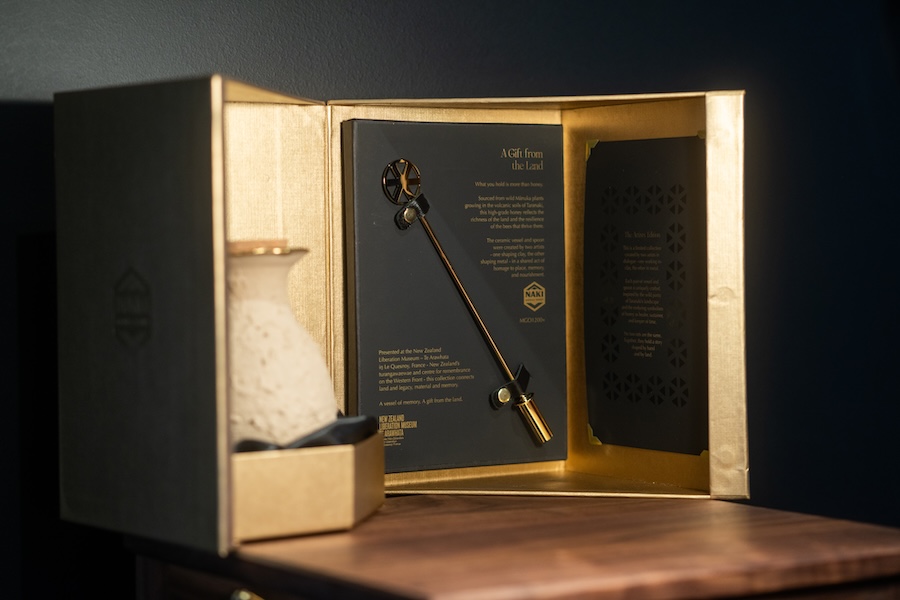

Heirlooms that carry emotional and cultural value
Burchell-Burger describes the creation as a form of “heirloom art,” a fusion of nature and craftsmanship designed to outlast its owners.
“There are over 200 teaspoons in the collector’s piece, so you as an owner are investing in something your family can literally share for centuries. Your children, their children and their great-grandchildren could all taste from the same jar, just as the honey found sealed in Egyptian tombs thousands of years later was still perfectly edible. This is designed to be a piece of forever art.”
The move also positions New Zealand’s mānuka honey industry in a new market segment, appealing to ultra-high-net-worth families with intergenerational wealth who are seeking meaningful, tangible ways to leave an endowment that could also last thousands of years.
“We’re seeing more families who want heirlooms that carry emotional and cultural value, not just financial worth.”
Create something timeless
Burchell-Burger says the launch location at the New Zealand Liberation Museum was chosen deliberately.
“Both France and New Zealand are agricultural nations, famous for products shaped by their terroir. This project showcases the shared respect for nature, craftsmanship and legacy that connects us.”
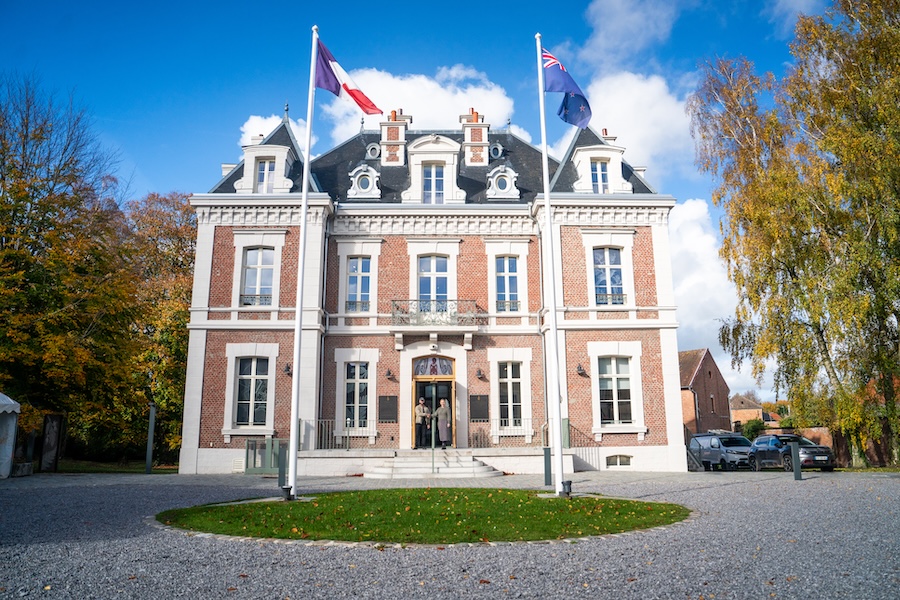
The series will mark each biennial harvest with a new collectible edition featuring artists from different nations. The inaugural piece highlights Naki’s growing presence in global markets and will serve as a foundation for the brand’s expansion into the UAE, North America and Europe.
Burchell-Burger says future editions may include New Zealand and other international artists as part of a long-term plan to build Naki’s reputation as a luxury global honey brand.
“We’re not just selling honey; we’re creating something timeless.”



